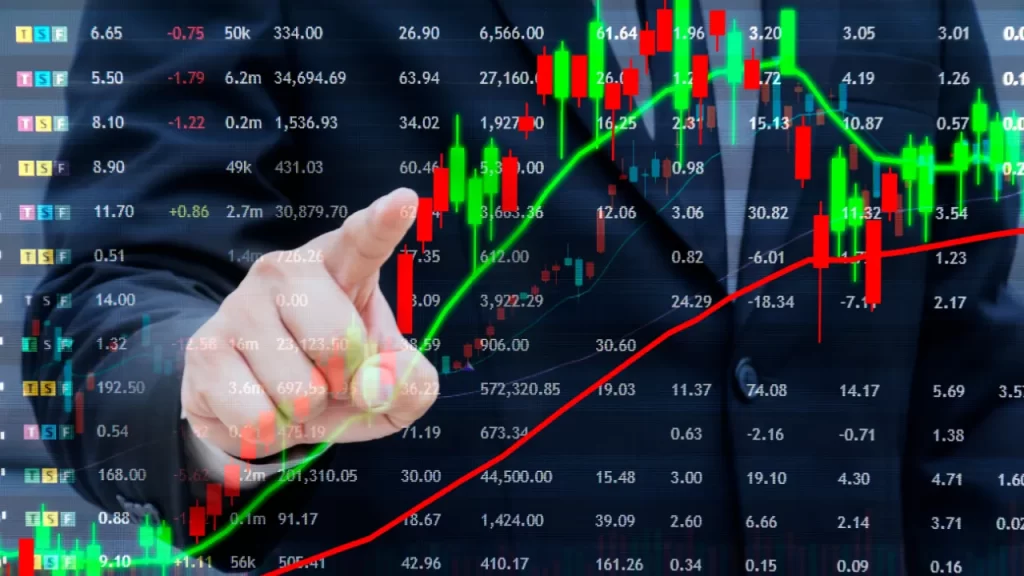CFD trading involves a host of specialized terminology that can seem overwhelming at first.
However, familiarizing yourself with these terms is key to navigating the market effectively.
Whether you’re reviewing trading platforms or reading market analysis, having a grasp of these definitions will help you understand the mechanics behind your trades and communicate more confidently with other traders and brokers.

Glossary of Common CFD Trading Terms
1. CFD (Contract for Difference)
A financial derivative that allows traders to speculate on the price movement of an asset without actually owning the underlying asset.
Instead, you trade on the price differences between when you open and close the position.
2. Leverage
A tool that enables you to control a larger position than your capital would typically allow.
By borrowing funds from your broker, you can potentially amplify your gains—though it also magnifies potential losses.
3. Margin
The minimum amount of capital required to open and maintain a leveraged position. This is often expressed as a percentage of the total trade value.
4. Spread
The difference between the bid price (what buyers are willing to pay) and the ask price (what sellers are asking for). This is a key cost factor in CFD trading, as it represents the initial hurdle you must overcome to turn a profit.
5. Stop-Loss Order
An order that automatically closes your position when the asset reaches a predetermined price. This is used to limit potential losses by exiting trades before the situation worsens.
6. Take-Profit Order
An order to close a position once it reaches a specified level of profit. It helps secure gains by automatically exiting a trade at the target price.
7. Bid Price
The price at which your broker is willing to buy a CFD from you. It is typically lower than the ask price.
8. Ask Price
The price at which your broker is willing to sell a CFD to you. This is the price you pay when opening a position.
9. Position
The amount of an asset you control through your trades. Positions can be “long” (betting the price will rise) or “short” (betting the price will fall).
10. Going Long
Opening a position with the expectation that the price of the asset will increase. In CFD trading, going long means buying a CFD.
11. Going Short
Opening a position with the expectation that the price of the asset will decrease. This involves selling a CFD with the intention of buying it back at a lower price.
12. Pip
Short for “percentage in point” or “price interest point,” a pip is the smallest incremental price movement in the trading of a currency pair or other assets. It’s a standardized unit to measure price changes.
13. Overnight Fees
Also known as swap or financing fees, these are charges incurred when you hold a CFD position open past the trading day. They cover the cost of borrowing the funds needed to maintain your leveraged position.
14. Hedging
A risk management strategy that involves opening an additional position to offset potential losses in your primary trade. Hedging can help minimize the impact of adverse market movements.
15. Demo Account
A simulated trading account provided by brokers that allows you to practice trading with virtual funds. It’s a valuable tool for beginners to test strategies and become comfortable with the trading platform before risking real money.
16. Day Trading
A trading strategy where positions are opened and closed within the same trading day. Day traders capitalize on short-term market movements without holding positions overnight.
17. Swing Trading
A trading approach that involves holding positions for several days or weeks to profit from expected upward or downward market “swings.” This strategy aims to capture larger price moves than those typically seen in day trading.

Conclusion
Mastering CFD trading terminology is a crucial step in building your trading acumen.
With a solid understanding of these terms, you’ll be better equipped to navigate trading platforms, interpret market data, and execute informed trading strategies.
As you continue your CFD trading journey, keep this glossary handy as a reference tool to help clarify concepts and enhance your overall trading literacy.






